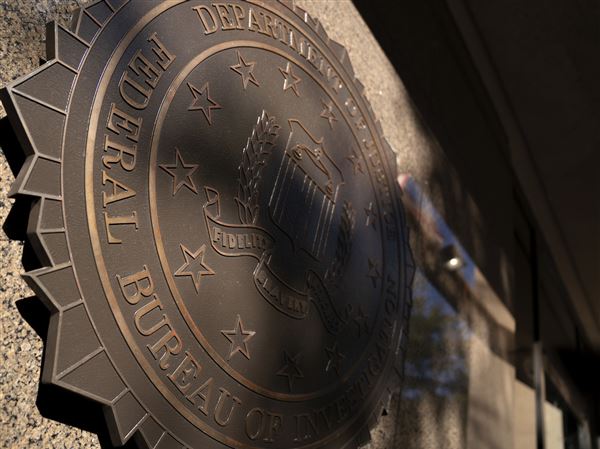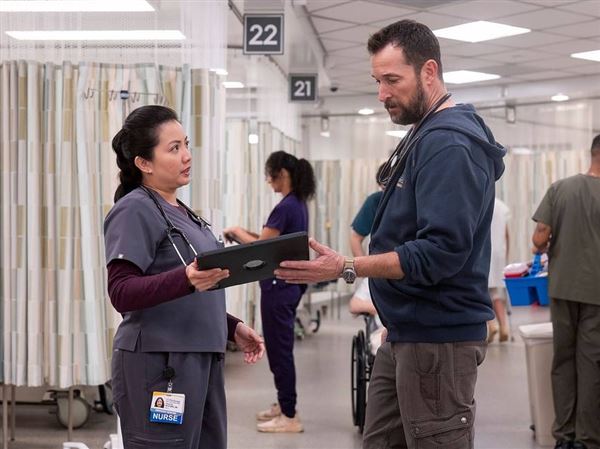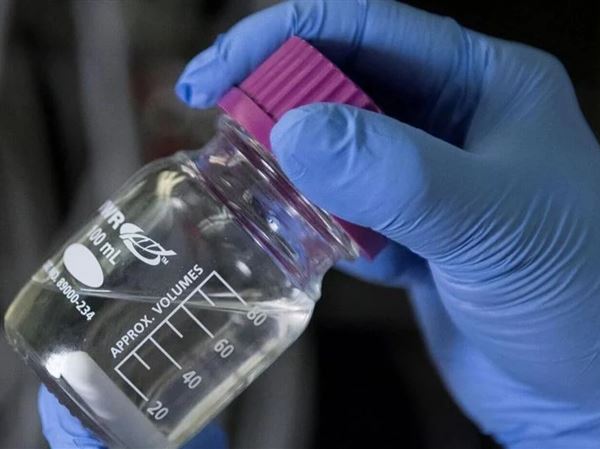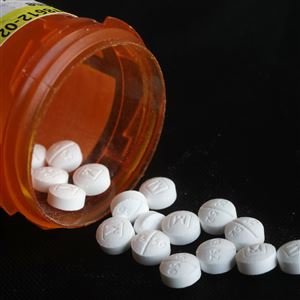Pennsylvania last year continued to break records for fatal overdoses, with drug deaths reaching a level that almost doubled the 2014 figure, due largely to fentanyl and heroin, according to data released by the Drug Enforcement Administration late Tuesday.
Last year, coroners and medical examiners statewide ruled that 5,456 deaths were from overdoses, DEA special agent in charge Jon Wilson announced in a press release. That's 42 deaths per 100,000 state residents, and reflects a 17.5 percent increase from the year before.
More than 1,400 of those overdose deaths occurred in the southwestern corner of the state, including 737 in Allegheny County, according to information posted on the University of Pittsburgh School of Pharmacy's overdosefreepa.org website and gleaned from area coroners. Of the Allegheny County overdoses, 74 percent involved variants of fentanyl and 39 percent involved heroin, often in combination with each other or other drugs.
Dr. Karen Hacker, director of the Allegheny County Health Department, has said repeatedly and publicly that initial data suggests a dip in local overdose deaths starting late last year. Efforts to address the effects of the opioid epidemic continue, though some initiatives have progressed slowly.
READ MORE: The Needle in the Family Tree: Families that have seen the epidemic’s effects up close
Statewide, 67 percent of last year's overdose deaths involved variants of fentanyl, the DEA announced. Fentanyl is often mixed with heroin, much of which comes from Mexican crime organizations that are "a persistent and pervasive drug threat in Pennsylvania," according to the DEA.
The DEA and Pitt's pharmacy school are preparing a report entitled The Opioid Threat in Pennsylvania, which they expect to release next month.
Pennsylvania saw 4,642 overdose deaths in 2016; 3,377 in 2015; and 2,741 in 2014.
The Pittsburgh Post-Gazette, in its series The Needle in the Family Tree, has highlighted the enduring echoes of two of last year's overdoses, and has published stories submitted by readers who have seen the epidemic’s effects up close.
Rich Lord: rlord@post-gazette.com or 412-263-1542
First Published: August 22, 2018, 12:01 p.m.
















